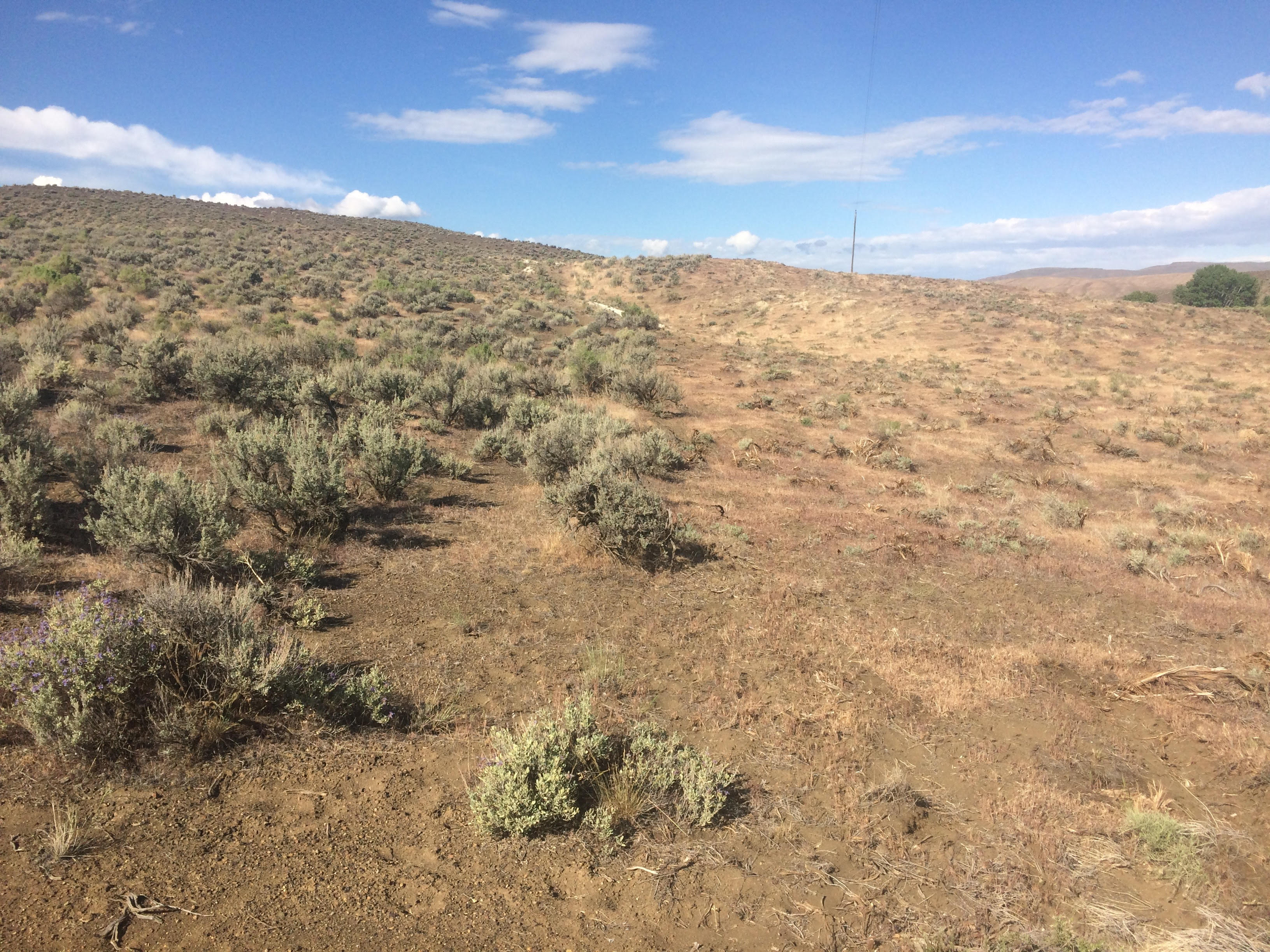-
Tree fire scars are used to reconstruct past fire occurrence. These historical reconstructions are often used to guide current forest management on federal lands. Trees charred but not killed by past fires often form scars where the cambium and inner layers were burnt by fires. A researcher can count the growth rings between scars and…
-
One of the biggest impacts resulting from logging our forests that is largely ignored by public land management agencies is the contribution that timber harvest makes to Green House Gas (GHG) emissions. Increasingly it is clear that the greatest value of our public forests might be to end all thinning/logging and protect them as carbon…
-
This past winter, the Bureau of Land Management (BLM) began preparing two Environmental Impact Statements to review the environmental consequences of creating a region-wide series of “fuel breaks” that will add thousands of miles of new linear pathways across the Great Basin portion of Nevada, Idaho, Oregon and Utah. The goal of fuel breaks is…
-
We often hear that our forests are “unhealthy” and among the indicators of forest ill-health are large acreages burning in wildfires. However, if you look back a few centuries or more, you find that we have a fire deficit. Many paleoclimate studies document major wildfires long before there was “fire suppression”. Indeed, one study by…
-
The Western Association of Fish & Wildlife Agencies released a report declaring that invasive plants, especially cheatgrass, is an enormous threat to the sagebrush ecosystem and sage grouse. Ironically the report emphasized that invasive weeds are a threat to the livestock industry as well. The reason it is ironic is that across the West livestock…
-
This past winter, the Bureau of Land Management (BLM) began preparing two Environmental Impact Statements to review the environmental of consequences creating a region-wide series of “fuel breaks” that will add thousands of miles of new linear non-sagebrush habitat across the Great Basin portion of Nevada, Idaho, Oregon and Utah. The goal of fuel breaks…
-
THE TARGETED GRAZING SCAM The Idaho BLM is implementing what is sometimes called “targeted grazing” with livestock in an effort to reduce large wildfires. The theory is that if livestock graze enough of the “fuel”, then large wildfires like the 600,000 Murphy Complex or the Soda Fire which burned across southern Idaho in recent years…
-
Logging, conducted ostensibly to “thin the forest”, “reduce fuels” or for so-called “restoration”, causes a net loss of carbon from forest ecosystems. One of the best strategies for reducing CO2 levels is by protecting our forests. Yet few environmental groups, even those who focus on climate change, advocate for the reduction of logging on…

George Wuerthner is an ecologist and writer who has published 38 books on various topics related to environmental and natural history. He has visited over 400 designated wilderness areas and over 200 national park units.
